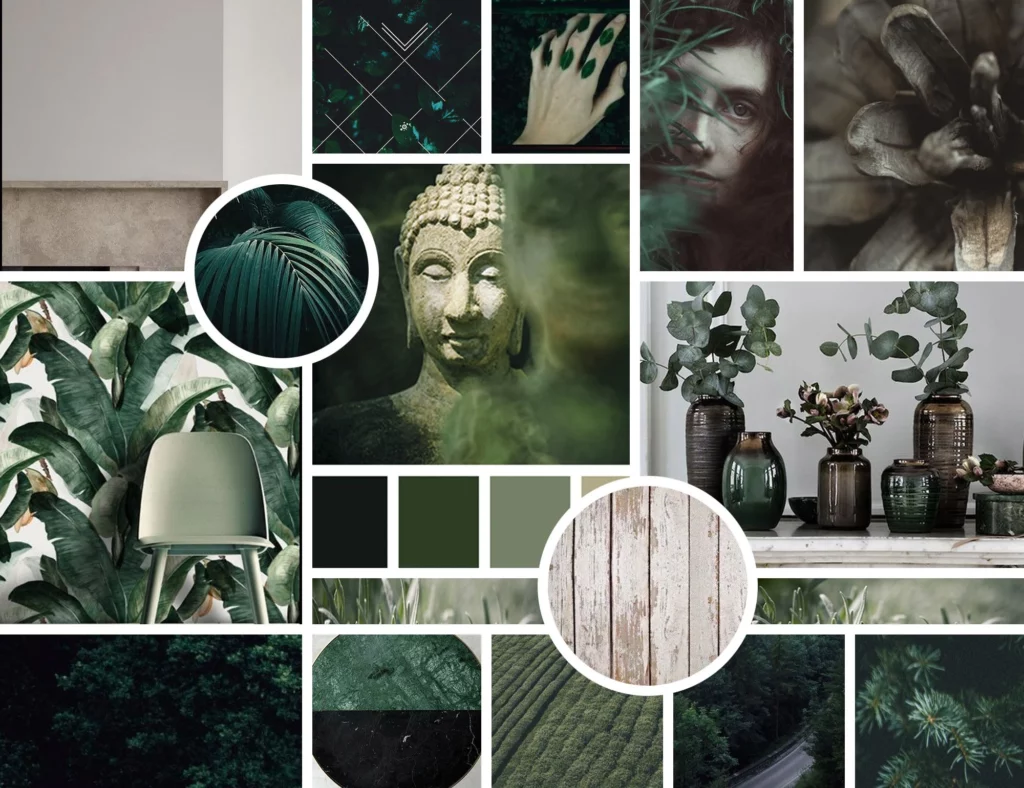How mood boards help designers and stylists
Mood boards are indispensable for designers, photographers, stylists, and other creative professionals. They are visual materials that give an idea of a future project. The combination of different images or colors, and the collages composed of them, help a designer or fashion designer to find inspiration to see the main idea for further work.
Mood boards help to explain to the client what the project will look like, what the designer creates, and to what extent the designer’s vision coincides with the client’s wishes. Mood boards are an excellent source of inspiration, helping you to find the right concept.
The tool is indispensable for creative work. When it is difficult to explain a task, it is better to show it. And in this case, a well-chosen visual series helps to create a shared vision and communicate it to the team and the client. If, for instance, a designer needs to develop a logo, they will start the process by selecting photos that help create the necessary associations and the appropriate mood.
However, a mood board is more than just a collection of images. Before it is made, it is essential to analyze the client’s activities, the specifics of their work, and the target audience.

Basics of working with mood boards
It is important to understand what effect the product should have on people and what feelings it will evoke. In the process, 2-3 concepts are chosen. And visual images are created based on them, including color schemes, samples of textures, fonts, and other elements. These will become the basic prototype.
If a complex project is being worked on, the mood boards are created separately for each area, e.g., for the app interface and the website. In this case, there are differences in concept and user patterns, so the visual can be different.
There is another similar concept – reference. However, in this case, it is not a set of visuals but some source that serves as a reference. This can be a single image based on which the designer develops his project. If the reference is taken as a template solution, the mood board is designed to find inspiration and define the project’s overall concept.
A quick way to compile a mood board is to study a variety of visual sequences. Or browse relevant content, and save interesting images for later use in the work. Ideal sources for developing insight are social media: Instagram, Pinterest, and others. There are also special services for quickly compiling mood boards, e.g., Gomoodboard, Miro, and Olioboard. Here you can find ready-made templates to create creative boards or check out a huge database of materials for designers. In addition, a professional can build their own database of collages, which can be used for different projects if needed.
